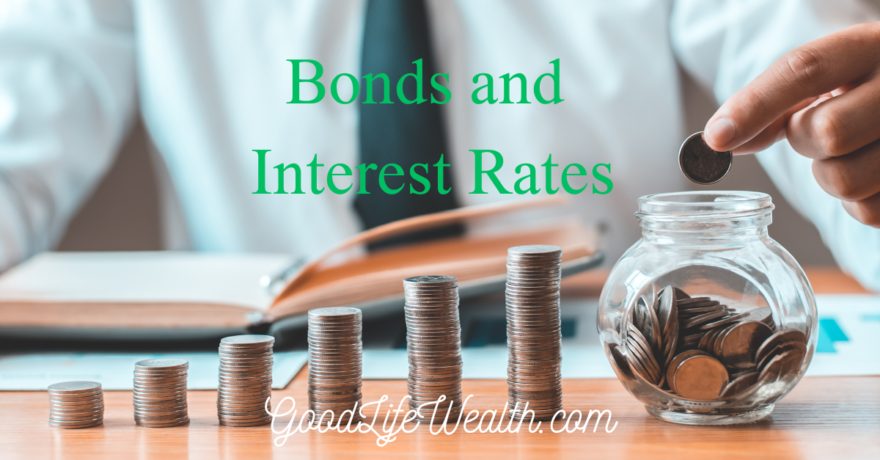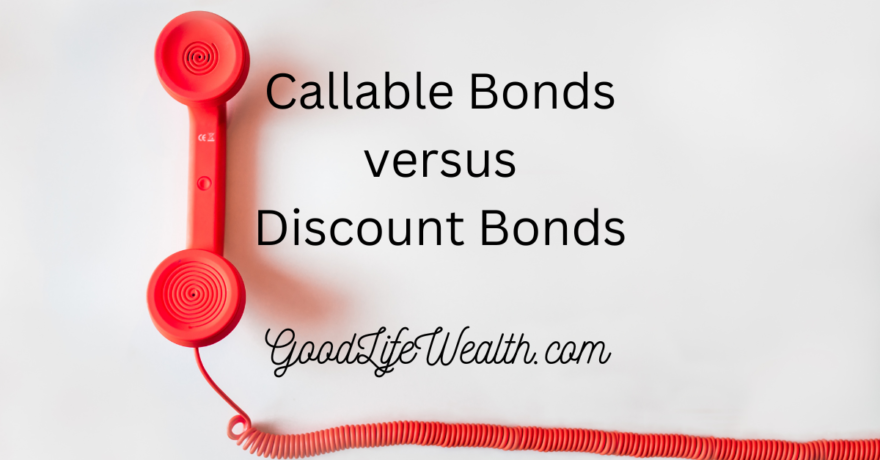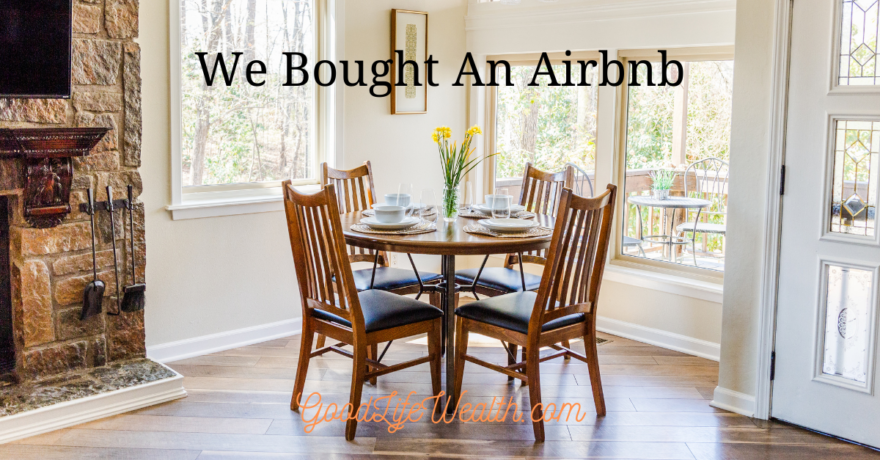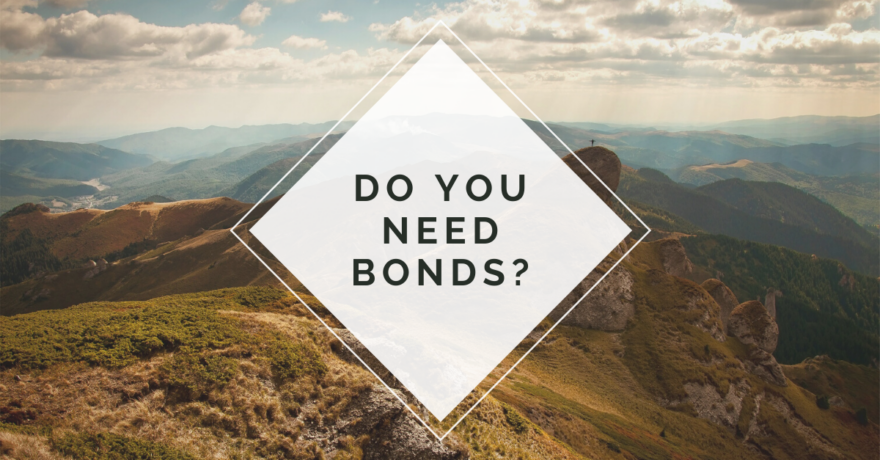A MYGA is a Multi-Year Guarantee Annuity. It is also called a Fixed-Rate Annuity and behaves somewhat like a CD. There is a fixed rate of return for a set term, typically 3-10 years. At the end of the term, you can walk away with your money or reinvest it into another annuity or something else. Today’s MYGA rates are in the mid-5% range, the best they have been in a decade.
Annuities are one of the most confusing insurance products for consumers because there are so many varieties. In addition to MYGAs, there are Variable Annuities, Fixed Index Annuities, and Single Premium Immediate Annuities (SPIAs). Some of these are expensive, illiquid, and have quite a poor reputation. That’s because the Variable and Index annuities can pay a high commission, and have been sold by unscrupulous insurance agents to clients who didn’t understand what they were buying. States have been cracking down on bad agents, but even now, some of these products are highly complex and difficult to understand how they actually work. They are a tool for a very specific job and investors have to make sure that it is right for them. Unfortunately, with some agents, their only tool is a hammer, so every problem looks like a nail.
Why I like MYGAs
I do like MYGAs and think they are a good fit for some of my clients. Unlike the other annuities, MYGAs are simple and easy to understand. I have some of my own money in a MYGA and will probably add more over time. We consider a MYGA to be part of our fixed income allocation. For example, we may have a target portfolio of 60/40 – 60% stocks and 40% fixed income – and a MYGA can be part of the 40%.
Here are some of the benefits of a MYGA:
- Fixed rate of return, set for the duration of the term. Non-callable (more about this below).
- Your principal is guaranteed. MYGAs are very safe.
- Tax-deferral. You pay no income taxes on your MYGA until it is withdrawn. This can be beneficial if you are in a high tax bracket now, and want to delay withdrawals until you are in a lower tax bracket in retirement.
- You can continue the tax deferral at the end of the term with a 1035 exchange to another annuity or insurance product. This is a tax-free rollover.
- Creditor protection. As an insurance product, a MYGA offers asset protection.
Lock in Today’s Rates
Interest Rates have risen a lot over the last two years as the Federal Reserve has increased rates to fight inflation. As a result, the rates on MYGAs are the best they have been in over a decade, over 5% today. The expectation on Wall Street is that the Fed will begin cutting interest rates sometime this year as inflation is better under control.
Now appears to be a good time to lock-in today’s high interest rates with a MYGA. This is one of their big advantages over most bonds. Today’s bonds often are callable. This means that the issuer can redeem the bonds ahead of schedule. So, when we buy an 5-year Agency or Corporate bond with a yield of 5.5%, there’s no guarantee that we will actually get to keep the bond for the full five years. In fact, if interest rates drop (as expected), there will be a wave of calls, as issuers will be able to refinance their debt to lower interest rates.
We are already seeing quite a few Agency bonds getting called in the past month.
We don’t have this problem with a MYGA, they are not callable. The rate is guaranteed for the full duration. Given the choice of a 5.5% callable bond or a 5.5% MYGA, I would prefer the annuity given the possibility of lower rates ahead. The MYGA will lock-in today’s rates whereas the callable bond might be just temporary. If rates fall to 4%, the 5.5% bond gets called and then our only option is to buy a 4% bond.
Some bonds are not callable, most notably US Treasuries. However, the rates on MYGAs are about 1% higher than Treasuries today. If you are planning to hold to maturity, I would prefer a MYGA over a lower-yielding, non-callable bond.
The Fine Print
What are the downsides to a MYGA? The main one is that they are not liquid and there are steep surrender charges if you want your money back before the term is complete. Some will allow you to withdraw your annual interest or 10% a year. Other MYGAs do not allow any withdrawals without a penalty. Generally, the higher the yield, the more restrictions.
One way we can address the lack of liquidity is to “ladder” annuities. Instead of putting all the money into one duration, we spread the money out over different years. For example, instead of having $50,000 in one annuity that matures in five years, we have $10,000 in five annuities that mature in 1, 2, 3, 4, and 5 years. This way we will have access to some money each and every year.
Like a 401(k) or IRA, withdrawals from an annuity prior to age 59 1/2 will carry a 10% penalty for pre-mature distributions from the IRS. The penalty only applies to the earnings portion. Think of a MYGA as another type of retirement account.
Lastly, I do get paid a commission on the sale of the annuity from the insurance company. This does not come out of your principal – if you invest $10,000, all $10,000 is invested and growing. And I do not charge an investment management fee on a MYGA, unlike a bond. A 5% MYGA will net you 5%, whereas a 5% bond will net you 4% after fees. So in this case, I think the commission structure is actually preferable for investors.
Is a MYGA right for you?
Most of my MYGA buyers are in their 50s and older and have a lot of fixed income holdings already. They don’t need this money until after 59 1/2 and are okay with tying it up, in exchange for the guarantees and tax-deferral benefits. They have other sources of liquidity and a solid emergency fund. When we compare the pros and cons of a MYGA to a high-quality bond, for some the MYGA is a good choice. If you are not a current client, but are interested in just a MYGA, we can help you with no additional obligation. I am an independent agent and can compare the rates and features of MYGAs from different insurers.
Many investors have been wishing for a safe investment where they can just make 5% and not lose any money. That used to be readily available 20 years ago, but disappeared after 2009 when central banks took interest rates down to zero. Today 5% is back and we can lock it in for 3-10 years with a MYGA. You can’t get that in a 10-year Treasury. Other bonds and CDs with comparable rates are probably callable. If you want a safe, non-callable, guaranteed 5%+, a MYGA may be for you.













